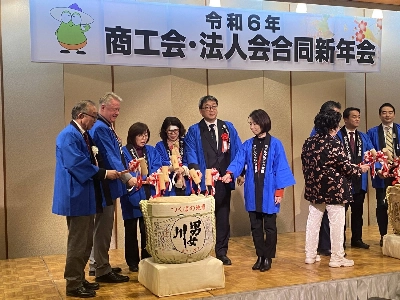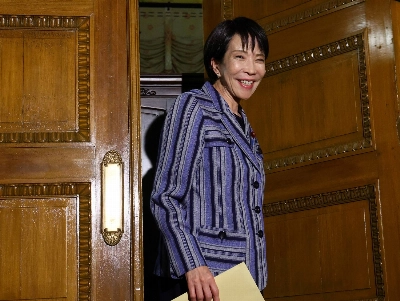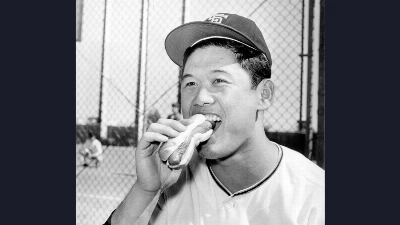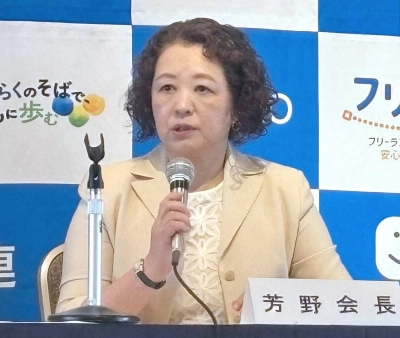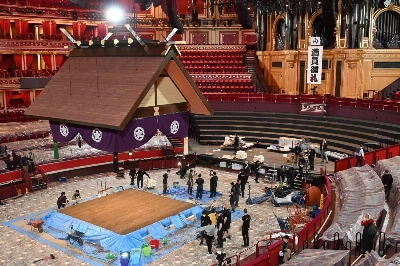
Meta
Winifred Bird
Freelance environmental journalist Winifred Bird writes for publications including The Japan Times, Dwell, and the Christian Science Monitor. Originally from San Francisco, she lives in rural Nagano Prefecture with her husband, dog and flock of ducks.
Jan 19, 2013
Oct 23, 2011
Aug 21, 2011
Jul 24, 2011
Jul 24, 2011
Jun 12, 2011
Mar 13, 2011
Mar 13, 2011
Oct 24, 2010
Oct 24, 2010




















